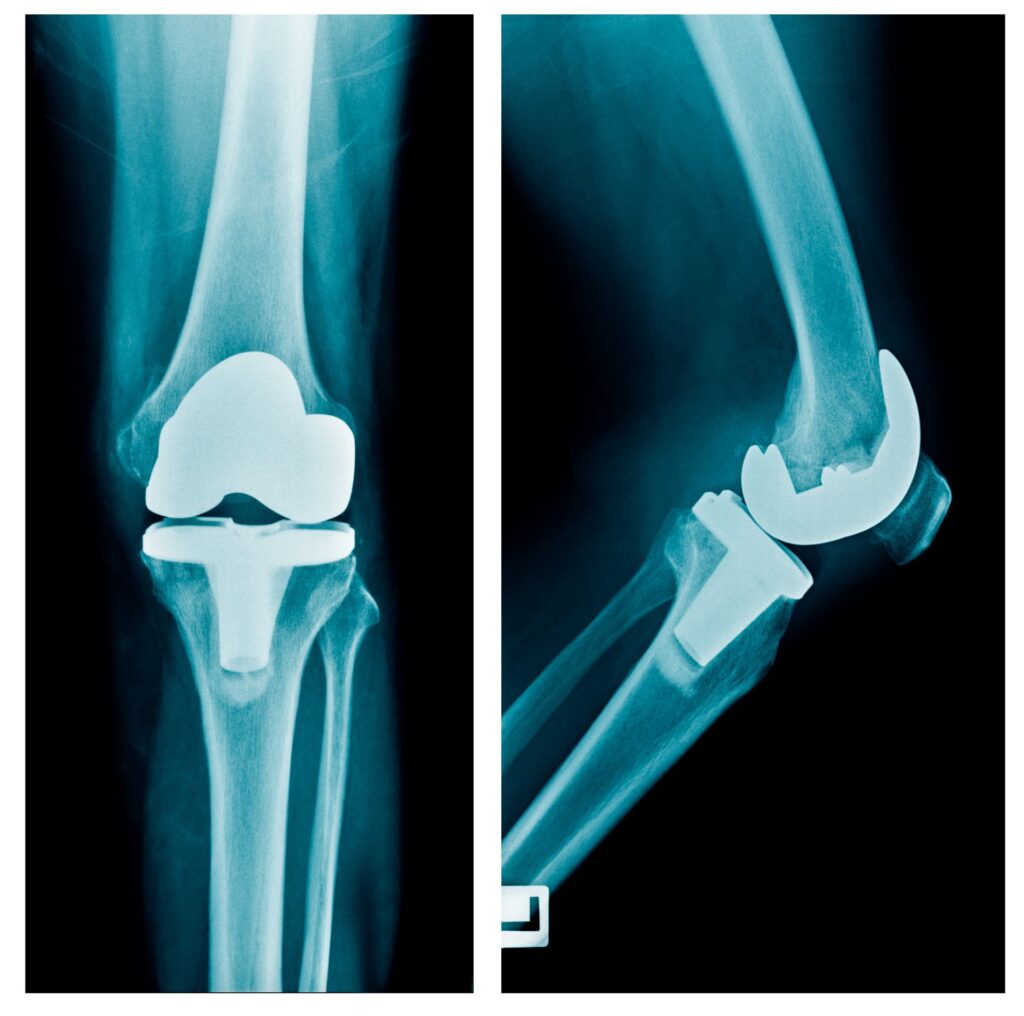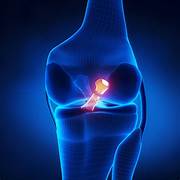



Knee Replacement, Knee Revision Surgery, Knee Arthroscopy, ACL Repair
the visitor should contact you right now.
About Knee Replacement
Knee replacement surgery, sometimes referred to as knee arthroplasty, involves swapping out a worn-out or injured knee joint for an artificial one. Patients with serious knee injuries or arthritis who experience chronic pain, swelling, and trouble moving—even when walking, climbing stairs, or getting in and out of a chair—are most frequently advised to use it.
The knee joint may become damaged over time by diseases including rheumatoid arthritis, osteoarthritis, or post-traumatic arthritis. Knee replacement may be a useful option to restore mobility and enhance quality of life when non-surgical therapies such as medicine, physical therapy, or injections are no longer effective.
Types of Knee Replacement
• Total Knee Replacement (TKR): The entire knee joint is replaced with a prosthesis
.
• Partial Knee Replacement (PKR): This procedure replaces just the injured knee component.
• Revision Knee Replacement: In the event that the first knee replacement wears out or has problems, a revision knee replacement is performed.
What to Expect
One to two hours are usually needed for the treatment. With the assistance of a physiotherapist, patients are urged to start knee movement soon after surgery. Depending on the person, a full recovery may take a few weeks to months.
Knee Replacement
Knee Revision Surgery
About Knee Revision Surgery
Knee revision surgery, often known as revision total knee replacement, is a technique that involves replacing a previously implanted prosthetic knee joint that has worn out or failed. This sophisticated procedure restores function and decreases discomfort when the original knee replacement fails to operate as intended.
Why It is Done
Loosening or wearing the implant
Infection around the joint.
Stiffness or instability.
Fractures around the implant.
Chronic pain or mechanical difficulties
What to Expect / Recovery & Results
Recovery takes longer than the initial knee replacement—typically 3 to 6 months. With the right rehab and follow-up, most patients experience significant pain relief and improved joint stability.
About Knee Arthroscopy
Knee arthroscopy is a minimally invasive surgery for diagnosing and treating knee issues. A small camera (arthroscope) allows your surgeon to inspect and repair interior systems through tiny incisions.
Common Uses:
• Meniscus tears • Ligament injuries • Cartilage damage • Removal of loose bodies • Synovial inflammation
Benefits
• Smaller incisions and less scarring
• Faster recovery
• Lower risk of complications
• Outpatient procedure in most cases
Recovery time varies per treatment, however most patients can resume mild activities within a week. Full recovery usually takes 4-6 weeks.
Knee Arthroscopy
ACL Repair
About ACL Repair
ACL injuries are common among athletes and active people. ACL surgery or reconstruction is used to regain knee stability and function after a tear, particularly in cases of instability or while returning to high-level sports.
Types of surgeries
ACL Repair: Suitable for partial tears or when the ligament is avulsed (torn away from the bone).
ACL Reconstruction: The most frequent technique includes replacing the damaged ACL with a graft (typically from your own tendon or a donor).
Why Choose ACL Surgery
Restore knee stability.
Prevent additional injuries.
Return to the busy lifestyle and sports.
Avoid long-term joint injury
